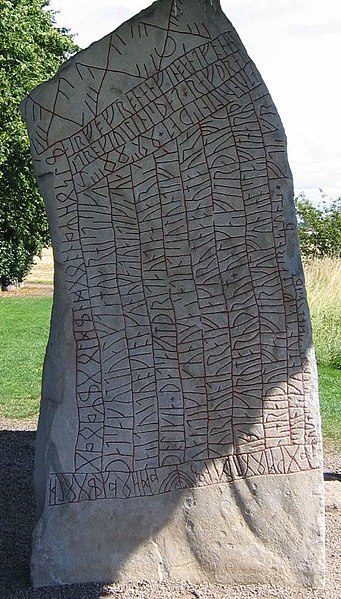Dagr is the divine personification of the day in Norse mythology. He appears in the Poetic Edda, compiled in the 13th century from earlier traditional sources, and the Prose Edda, written in the 13th century by Snorri Sturluson. In both sources, Dagr is stated to be the son of the god Dellingr and is associated with the bright-maned horse Skinfaxi, who "draw[s] day to mankind". Depending on manuscript variation, the Prose Edda adds that Dagr is either Dellingr's son by Nótt, the personified night, or Jörð, the personified Earth. Otherwise, Dagr appears as a common noun simply meaning "day" throughout Old Norse works. Connections have been proposed between Dagr and other similarly named figures in Germanic mythology.
Dagr (1874) by Peter Nicolai Arbo
Norse, Nordic, or Scandinavian mythology, is the body of myths belonging to the North Germanic peoples, stemming from Old Norse religion and continuing after the Christianization of Scandinavia, and into the Nordic folklore of the modern period. The northernmost extension of Germanic mythology and stemming from Proto-Germanic folklore, Norse mythology consists of tales of various deities, beings, and heroes derived from numerous sources from both before and after the pagan period, including medieval manuscripts, archaeological representations, and folk tradition. The source texts mention numerous gods such as the thunder-god Thor, the raven-flanked god Odin, the goddess Freyja, and numerous other deities.
The Tjängvide image stone with illustrations from Norse mythology
The god Loki, son of Fárbauti and Laufey
The Rök runestone (Ög 136), located in Rök, Sweden, features a Younger Futhark runic inscription that makes various references to Norse mythology.
Title page of a late manuscript of the Prose Edda written by Snorri Sturluson (13th century), showing the Ancient Norse Gods Odin, Heimdallr, Sleipnir, and other figures from Norse mythology





